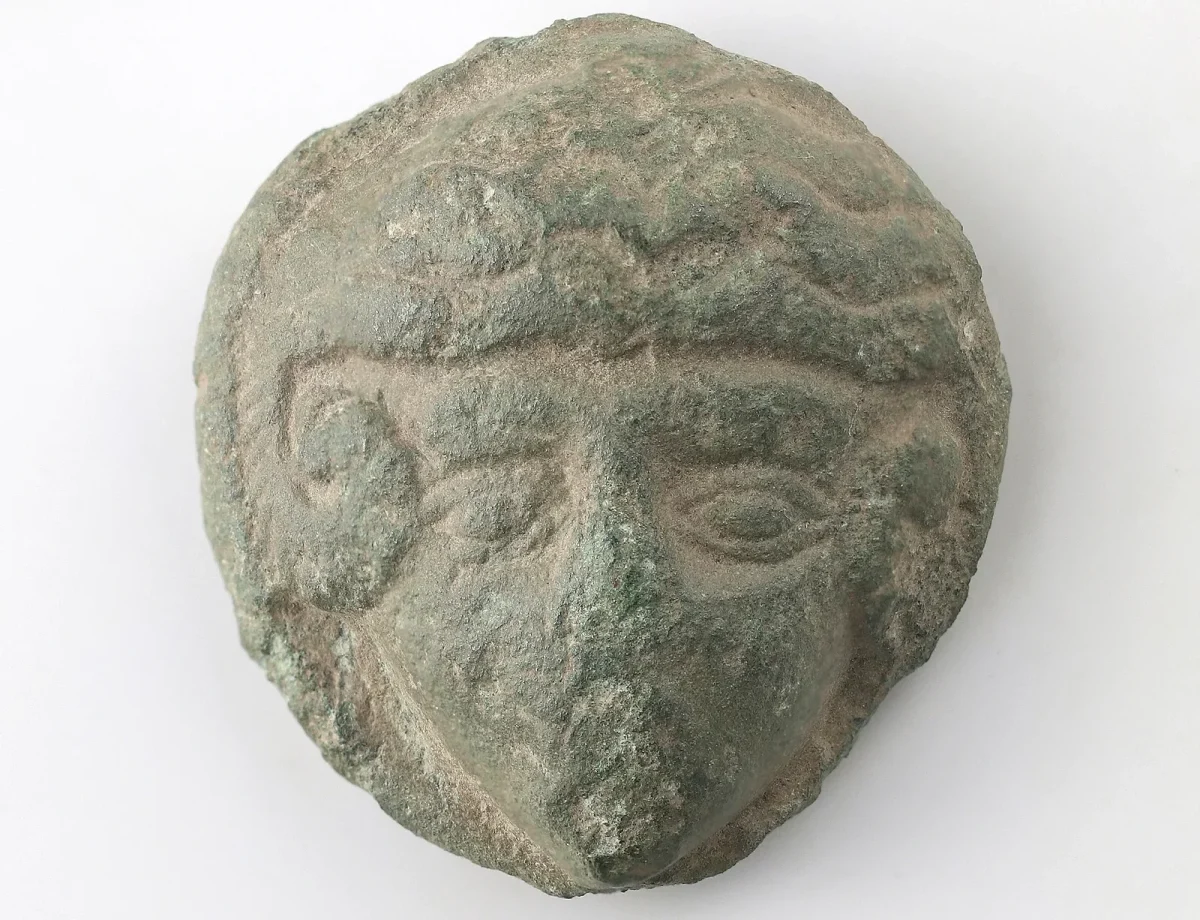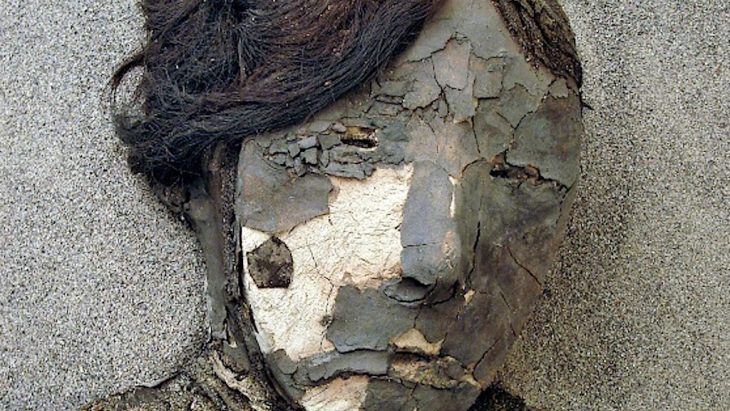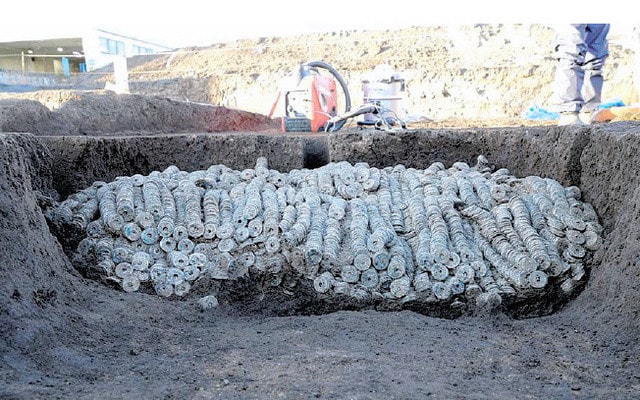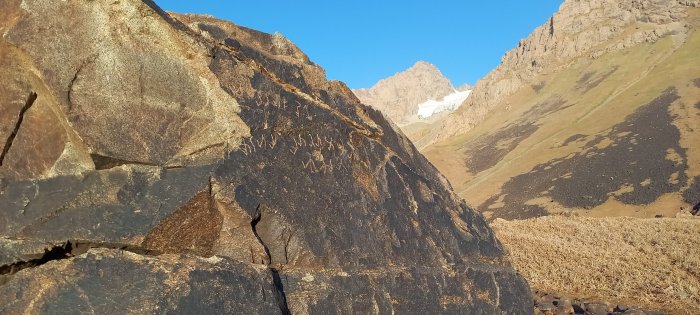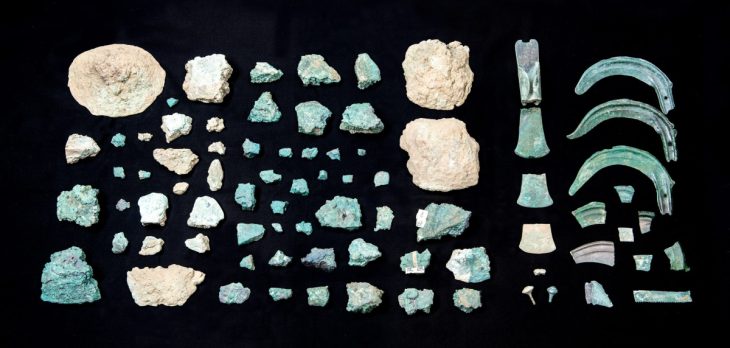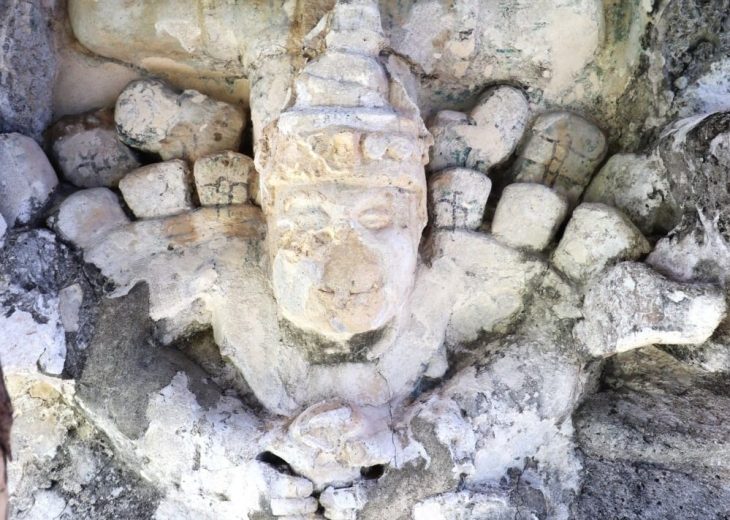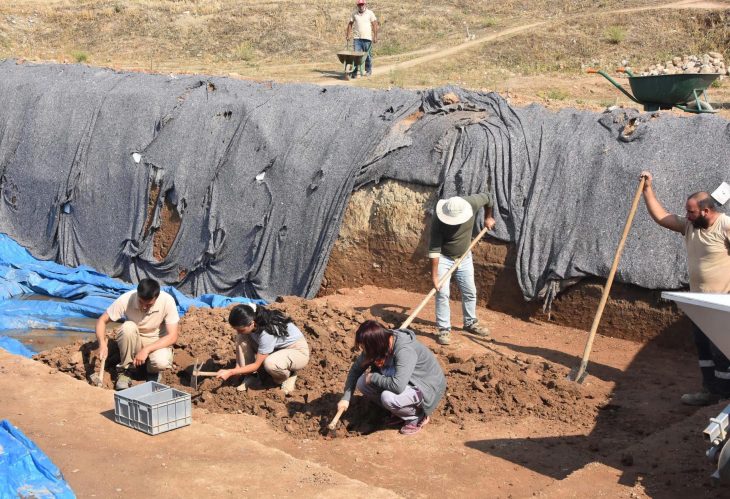Two amateur archaeologists have made a unique find near Ringsted in the Danish island of Zealand. A sign that one of history’s greatest warlords was known in these parts. A bronze fitting with a portrait of Alexander the Great was found.
Alexander the Great (356-323 BCE) was the greatest military commander of antiquity, whose empire stretched from Greece to India when he died in Babylon aged just 32. He remained a legend many hundreds of years after his passing, and he served as an excellent model for Roman emperors.
Especially the tyrannical emperor Caracalla (emperor 198-217 AD) who saw himself as a reincarnation of Alexander the Great. During Caracalla’s reign, a great battle took place at Illerup Ådal near Skanderborg, where two Germanic armies collided.
The battle claimed many lives, and the remaining swords, bows, arrows, lances, and shields were offered as sacrifices to the gods and disposed of in a lake. Shields adorned with tiny decorative discs featuring warrior portraits were discovered during the lake excavation. One of these decorative discs bears a portrait of Alexander the Great, which is identical to the portrait on the newly found mount from Ringsted. The fitting from Illerup is on display at Moesgård Museum.
The 26-28 mm diameter (small) fitting is cast in a lead-containing bronze alloy. This represents Alexander the Great, who is easily recognized by the wavy locks of hair and ram’s horns by the ears (which he has after the god Zeus Ammon).
”This is a unique find in Scandinavia with connections to one of the most famous personalities in world history”, says Freerk Oldenburger, an archaeologist at Museum Vestsjælland.

Oldenburger explained the artifacts were produced around 200 A.D., an age called the Roman Iron Age.
The discovery was particularly thrilling for Finn Ibsen and Lars Danielsen, the two amateur archaeologists who made it. The two detectorists didn’t recognize the face with the wavy hair on top and twisted ram’s horns on the cheeks at first glance.
The two detector operators said, “Actually, it was only when we handed over the find and were later called by Freerk (Oldenburger, ed.) that the story came out. They say going back 2000 years in time creates great excitement.”
However, bronze fitting from Ringsted raises more questions than concrete knowledge and clinical studies can answer.
Archaeologists do not know exactly the function of Ringsted’s bronze fitting: the function of the bracket – was it a decorative disc for the shield, or was it a sword (belt) bracket? Was it cast by the Romans, who used the same lead-containing alloy for casting statuettes, was it cast by the Romans from a remelted statuette or did the remelting take place on Zealand? If the bracket was cast by the Romans, how did it end up in a field near Ringsted? What was the meaning of Alexander the Great’s portrait for the Germans who lived in Denmark around the year 200? Did they think the portrait could bring luck on the battlefield?
The multiplicity of questions increases the beauty and unique value of the find and undoubtedly excites the experts to unravel the veil of mystery surrounding it.
Cover Photo: Morten Petersen, Museum Vestsjælland

